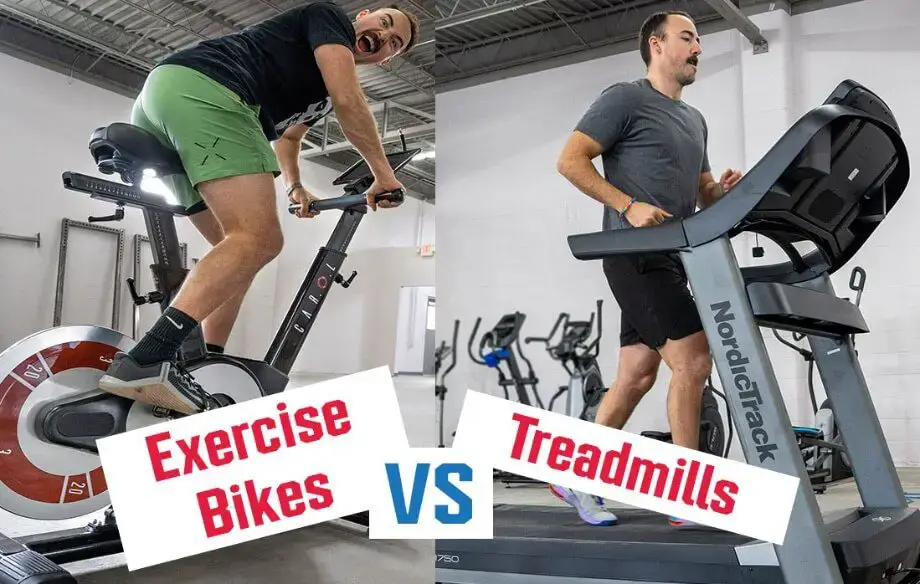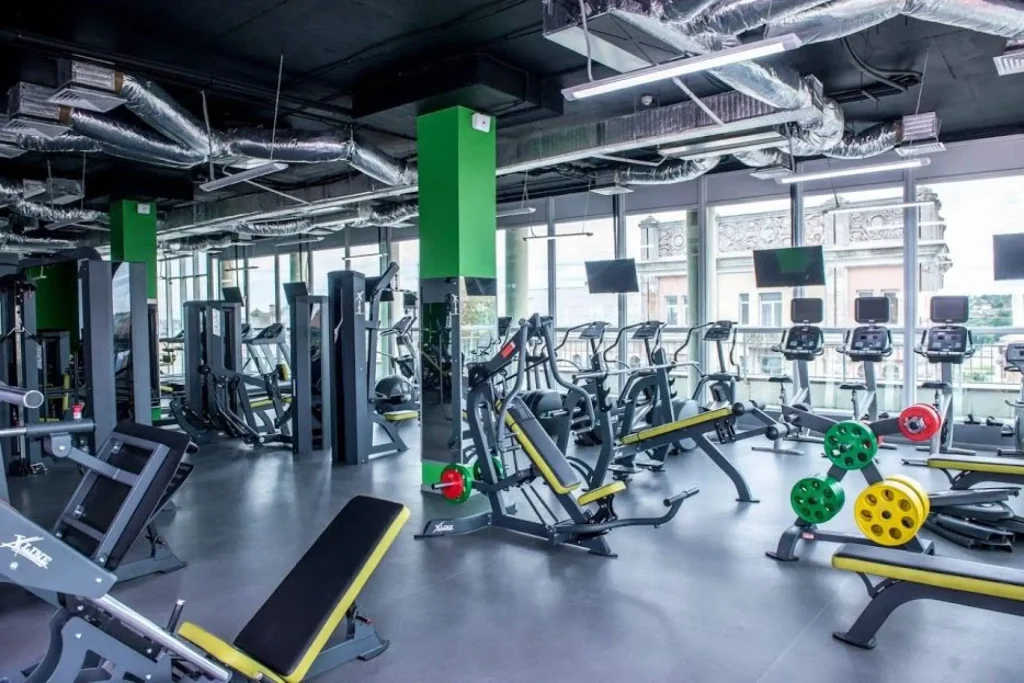Are you struggling to lose weight or build muscle despite your best efforts? You might have an endomorph body type, a unique physique that requires a tailored approach to fitness and nutrition. Endomorphs are naturally predisposed to storing more body fat, have a slower metabolism, and often find it challenging to shed excess weight. But don’t worry, understanding your body type is the first step toward achieving your health and fitness goals.
In this blog post, we’ll dive deep into the endomorph body type, exploring its characteristics, challenges, and the most effective strategies to overcome them. Whether you’re looking to lose fat, build lean muscle, or simply feel more confident in your skin, we’ve got you covered. From best workouts designed to boost your metabolism to optimal diet plans that align with your body’s needs, you’ll discover actionable tips to transform your fitness journey.
Ready to unlock your full potential? Let’s get started!
If you’re looking for inspiration on your weight loss journey, check out Kelly Clarkson’s incredible transformation and discover her secrets to losing 50 pounds in our article Kelly Clarkson Weight Loss Success: Discover Her Secrets to Lose 50 Pounds.
1. What is an Endomorph Body Type?

Characteristics of the Endomorph Body Type
The endomorph body type is one of the three primary somatotypes, characterized by a naturally higher body fat percentage, a rounder or softer physique, and a tendency to store fat more easily. Endomorphs often have a slower metabolism, which makes weight loss more challenging compared to other body types like ectomorphs or mesomorphs. They may also experience carbohydrate sensitivity, meaning their bodies are more likely to convert carbs into fat rather than burning them for energy.
Understanding these traits is crucial for tailoring fitness and nutrition plans that work with your body, not against it. By focusing on strength training, cardiovascular exercise, and a balanced diet, endomorphs can achieve their fitness goals effectively.
The Science Behind Endomorphs: Somatotype Theory
The concept of the endomorph body type originates from William H. Sheldon’s somatotype theory, which categorizes body types into three groups: endomorphs, mesomorphs, and ectomorphs. Endomorphs are typically described as having a higher fat-to-muscle ratio, a wider waistline, and a stockier build.
While genetics play a significant role in determining your body type, lifestyle factors like diet and exercise can influence how your body responds. For example, endomorphs may benefit from a low-carb, high-protein diet to manage insulin sensitivity and promote fat loss. Understanding the science behind your body type can help you make informed decisions about your fitness journey.
2. Challenges Faced by Endomorphs
Slow Metabolism and Weight Management
One of the biggest challenges for the endomorph body type is a slower metabolism, which makes it harder to burn calories efficiently. This can lead to difficulties in weight management, especially if calorie intake isn’t carefully monitored.
To combat this, endomorphs should focus on creating a caloric deficit by consuming fewer calories than they burn. Incorporating metabolism-boosting activities like high-intensity interval training (HIIT) and strength training can also help increase calorie expenditure. Additionally, eating smaller, more frequent meals can keep the metabolism active throughout the day.
Insulin Sensitivity and Carbohydrate Intake
Endomorphs often struggle with insulin sensitivity, meaning their bodies are more likely to store carbohydrates as fat rather than using them for energy. This makes it essential to monitor carbohydrate intake and choose complex carbs like quinoa, sweet potatoes, and oats over refined sugars and processed foods.
A diet rich in lean proteins, healthy fats, and fiber can help stabilize blood sugar levels and reduce fat storage. By understanding how their bodies process carbs, endomorphs can make smarter food choices that support their weight loss and fitness goals.
3. Best Workouts for Endomorphs

High-Intensity Interval Training (HIIT)
HIIT is one of the most effective workouts for the endomorph body type because it combines short bursts of intense exercise with periods of rest. This type of training not only burns calories during the workout but also boosts metabolism for hours afterward—a phenomenon known as the afterburn effect.
A sample HIIT workout for endomorphs might include exercises like burpees, jump squats, and mountain climbers, performed in 30-second intervals with 15 seconds of rest in between. Incorporating HIIT into your routine 2-3 times per week can help accelerate fat loss and improve cardiovascular health.
Strength Training for Muscle Toning
Strength training is another essential component of an endomorph’s fitness plan. Building lean muscle mass helps increase metabolism, making it easier to burn fat even at rest. Focus on compound movements like squats, deadlifts, and bench presses, which target multiple muscle groups simultaneously.
Aim to strength train 3-4 times per week, gradually increasing weights to challenge your muscles. Pairing strength training with a high-protein diet can further enhance muscle growth and fat loss, helping endomorphs achieve a more toned and defined physique.
Incorporating Cardio for Fat Loss
While strength training and HIIT are crucial, cardio also plays a vital role in an endomorph’s fitness routine. Activities like cycling, swimming, and brisk walking can help burn additional calories and improve heart health.
For best results, aim for 30-45 minutes of moderate-intensity cardio 3-4 times per week. Combining cardio with strength training and HIIT creates a well-rounded workout plan that addresses the unique needs of the endomorph body type.
4. Optimal Diet Plan for Endomorphs

Macronutrient Balance for Endomorphs
A well-balanced diet is key for managing the endomorph body type. Focus on a high-protein, moderate-fat, and low-carb approach to support fat loss and muscle retention. A suggested macronutrient ratio might be 40% protein, 30% fat, and 30% carbohydrates.
Protein helps preserve muscle mass and keeps you feeling full, while healthy fats like avocado and olive oil support hormone regulation. Limiting carbs, especially refined sugars, can help manage insulin sensitivity and prevent fat storage.
Foods to Eat and Avoid
For endomorphs, choosing the right foods is critical. Foods to eat include:
- Lean proteins: Chicken, turkey, fish, tofu, and eggs.
- Healthy fats: Avocado, nuts, seeds, and olive oil.
- Complex carbs: Quinoa, sweet potatoes, and oats.
Foods to avoid include:
- Refined sugars and sugary snacks.
- Processed carbs like white bread and pasta.
- Trans fats found in fried foods and baked goods.
By focusing on whole, nutrient-dense foods, endomorphs can fuel their bodies effectively while supporting their fitness goals.
Sample Meal Plan for Endomorphs
Here’s a 1-day meal plan tailored for the endomorph body type:
- Breakfast: Scrambled eggs with spinach and avocado.
- Snack: Greek yogurt with a handful of almonds.
- Lunch: Grilled chicken salad with mixed greens, olive oil, and quinoa.
- Snack: Apple slices with almond butter.
- Dinner: Baked salmon with steamed broccoli and sweet potato.
This meal plan emphasizes protein, healthy fats, and complex carbs while keeping calorie intake in check.
5. Tips for Long-Term Success

Consistency and Lifestyle Changes
Achieving your fitness goals as an endomorph requires consistency and a commitment to lifestyle changes. Small, sustainable habits, like meal prepping, staying hydrated, and exercising regularly, can lead to significant results over time.
Remember, progress may be slower for endomorphs, but with patience and persistence, you can achieve your desired outcomes.
Tracking Progress and Adjusting Goals
Tracking your progress is essential for staying on track. Use tools like a food diary, body measurements, and progress photos to monitor changes in your body composition. If you hit a plateau, consider adjusting your calorie intake or workout intensity to keep making progress.
Staying Motivated and Overcoming Plateaus
Staying motivated can be challenging, especially when progress feels slow. Surround yourself with a supportive community, set realistic goals, and celebrate small victories along the way. If you encounter a plateau, try switching up your workout routine or consulting a nutritionist for personalized advice.
Understanding your endomorph body type is the first step toward achieving your fitness and nutrition goals. While endomorphs may face unique challenges like a slower metabolism and carbohydrate sensitivity, the right strategies can help you overcome these obstacles and unlock your full potential. By incorporating effective workouts like HIIT, strength training, and cardio, along with a balanced diet rich in lean proteins, healthy fats, and complex carbs, you can transform your body and boost your confidence.
Remember, consistency is key. Embrace your unique body type, stay committed to your goals, and celebrate every small victory along the way. Whether you’re aiming to lose fat, build muscle, or simply feel healthier, the journey is yours to own. Start today, and take the first step toward a stronger, fitter, and more vibrant you!
To learn more about the science behind body types and how they influence fitness and nutrition, check out this comprehensive guide on the Endomorph Body Type from Healthline.
FAQS
1. What is an endomorph body type?
An endomorph body type is one of the three primary somatotypes, characterized by a higher body fat percentage, a slower metabolism, and a tendency to store fat easily. endomorph body type typically have a rounder or softer physique and may struggle with weight management.
2. What are the best workouts for an endomorph body type?
The best workouts for endomorph body type include:
- High-Intensity Interval Training (HIIT) for fat burning and metabolism boosting.
- Strength training to build lean muscle and increase metabolism.
- Cardio to support overall fat loss and cardiovascular health.
3. What should an endomorph body type eat to lose weight?
endomorph body types should focus on a high-protein, moderate-fat, and low-carb diet. Include lean proteins, healthy fats, and complex carbs while avoiding refined sugars and processed foods. A sample meal plan might include grilled chicken, quinoa, avocado, and steamed vegetables.
4. Can endomorphs build muscle?
Yes, endomorph body type can build muscle through consistent strength training and a high-protein diet. While they may gain fat more easily, focusing on compound exercises like squats and deadlifts can help build lean muscle mass and improve body composition.
5. How can endomorphs stay motivated during their fitness journey?
Staying motivated as an endomorph involves setting realistic goals, tracking progress, and celebrating small wins. Surround yourself with a supportive community, switch up your workouts to avoid plateaus, and focus on the long-term benefits of a healthy lifestyle.





